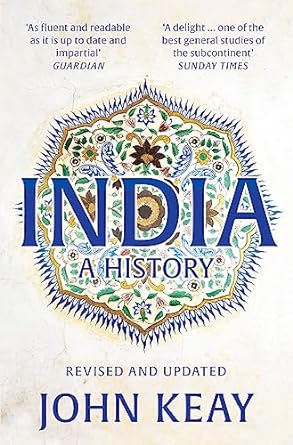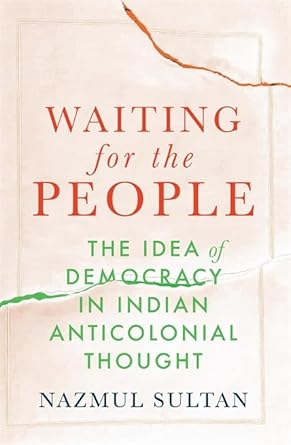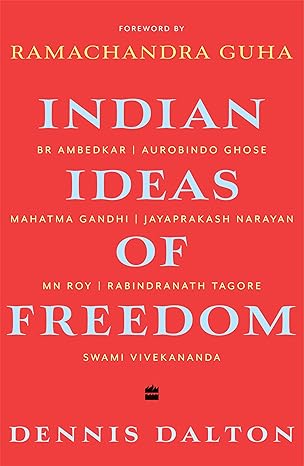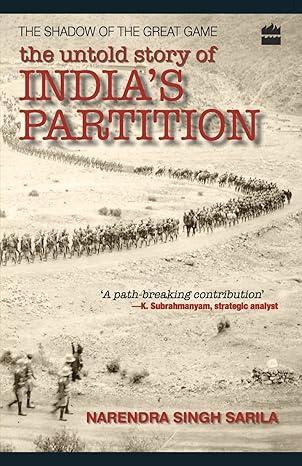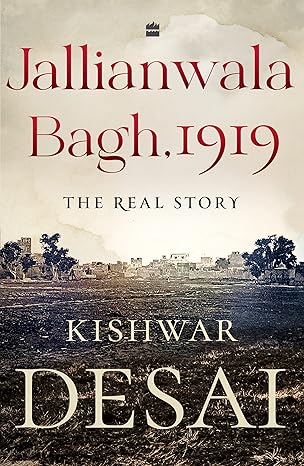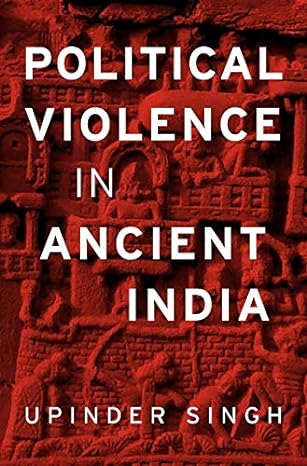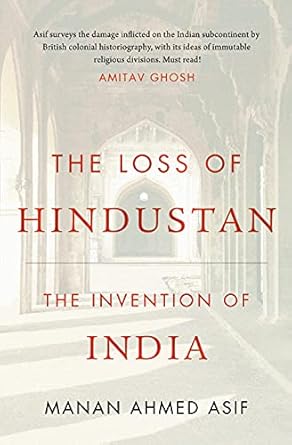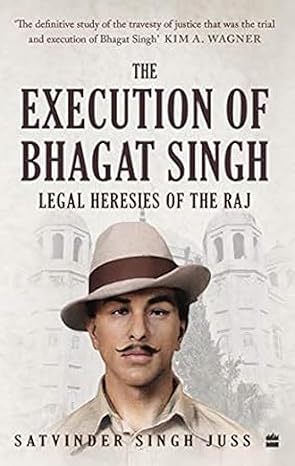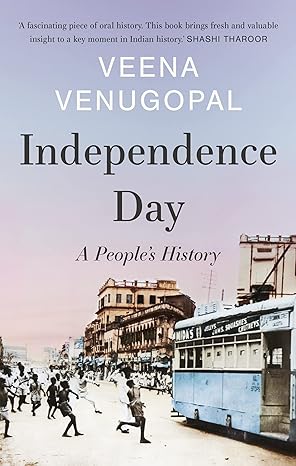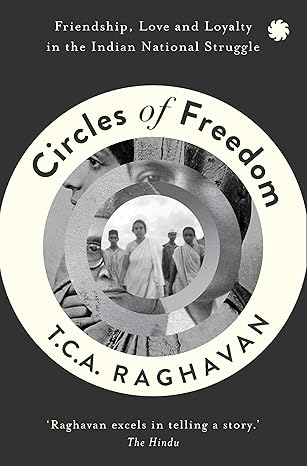History
Featured Products
Waiting for the People: The Idea of Democracy in Indian Anticolonial Thought
₹524.25
M.R.P.:₹ 699.00
You Save: ₹174.75 (25.00% OFF)
The Loss of Hindustan : The Invention of India
₹449.25
M.R.P.:₹ 599.00
You Save: ₹149.75 (25.00% OFF)
The Execution of Bhagat Singh: Legal Heresies of the Raj
₹566.19
M.R.P.:₹ 699.00
You Save: ₹132.81 (19.00% OFF)
Circles of Freedom : Friendship, Love and Loyalty in The Indian National Struggle
₹599.25
M.R.P.:₹ 799.00
You Save: ₹199.75 (25.00% OFF)


